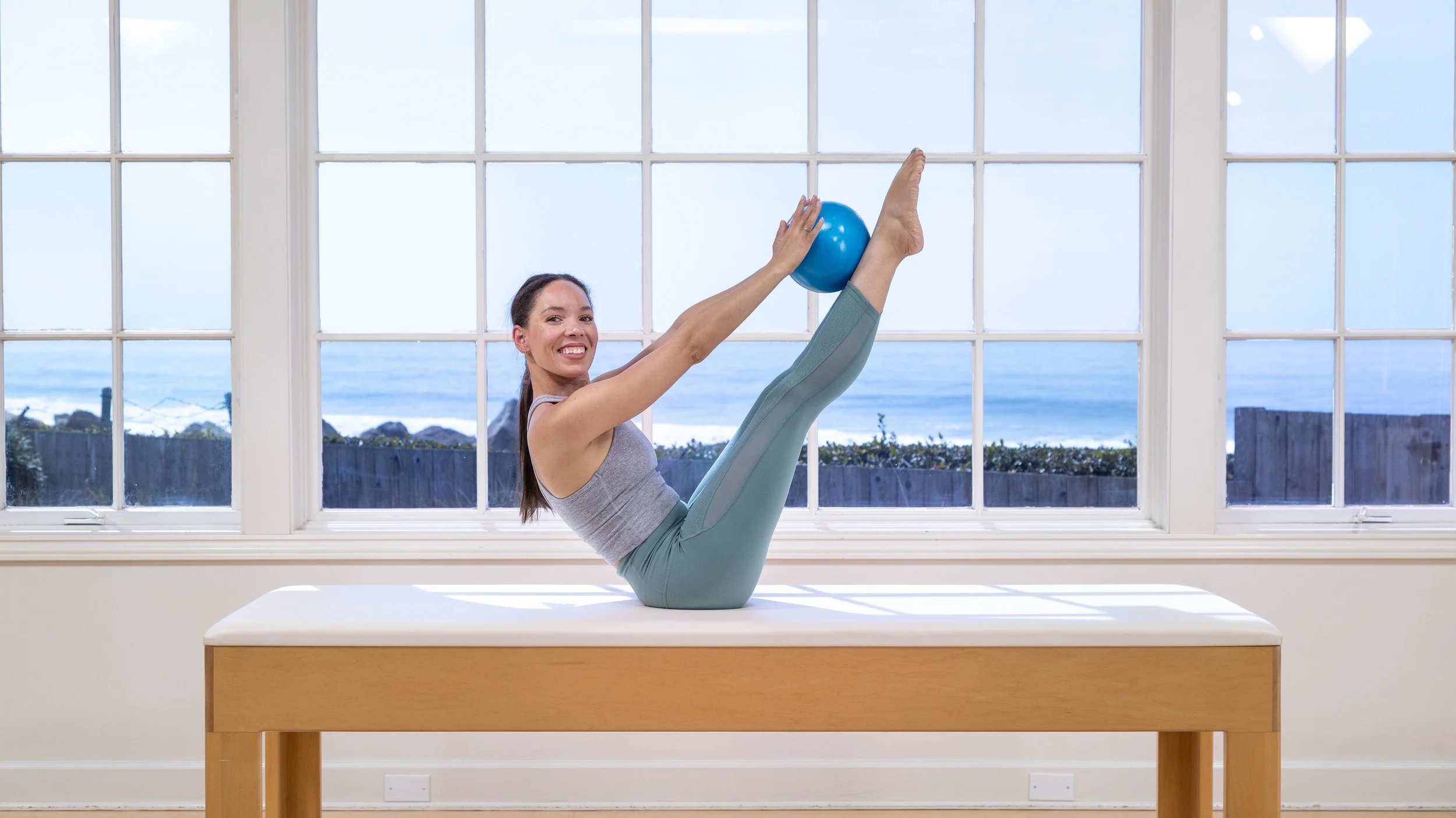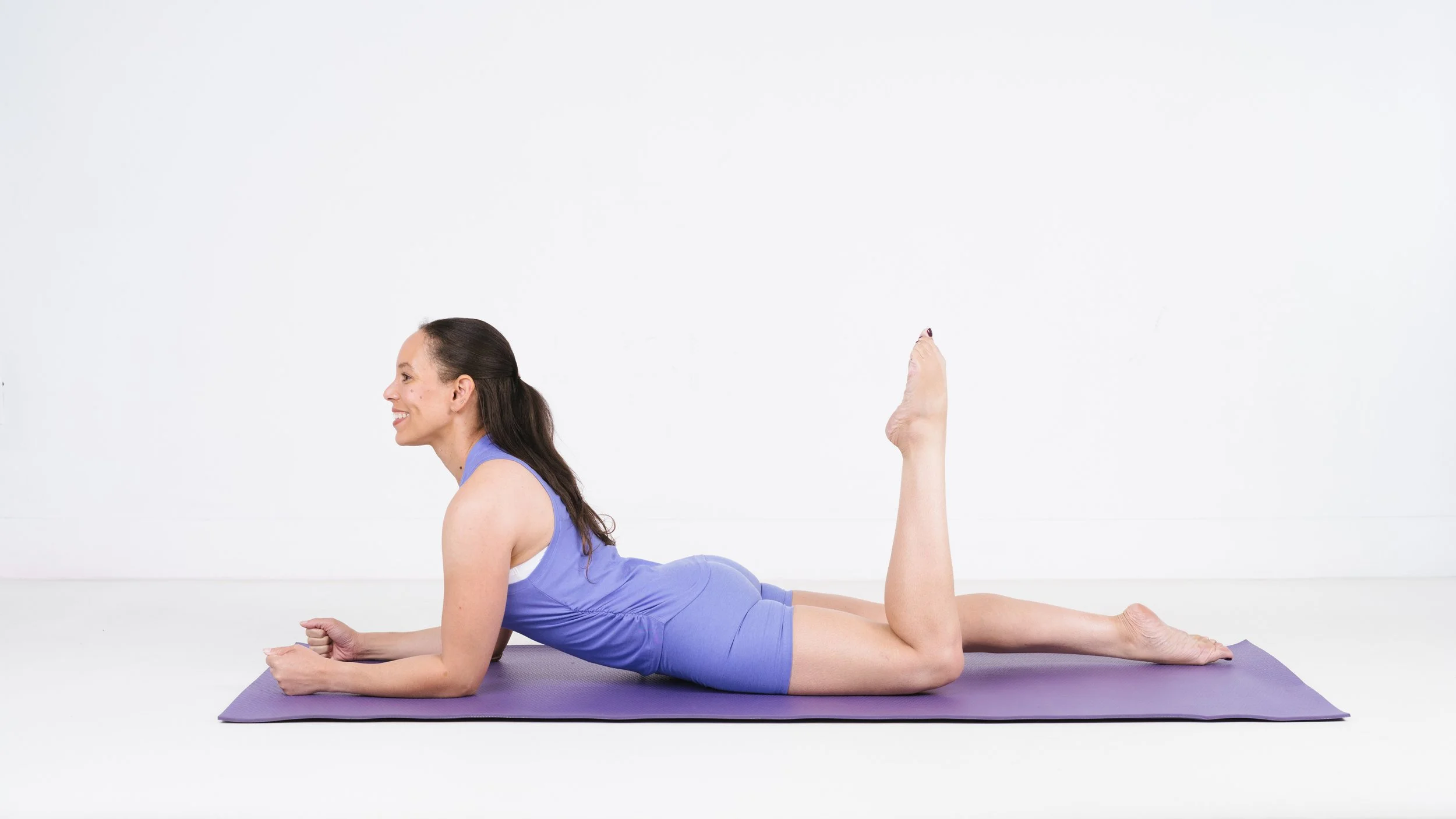Building Confidence to Lead with Your Own Voice
When I first started teaching, I remember feeling like I had to fit into a mold. I’d mimic the cues, tone, and energy of teachers I admired, but something always felt off. Over time, I learned that developing your own teaching voice is less about imitation and more about uncovering what feels natural, authentic, and effective for you.
Here are some steps that helped me find my voice as a Pilates teacher—and might help you find yours too.
1. Take Classes from Different Teachers
One of the most valuable things I did (and still do) was take as many classes as I could from a wide range of instructors. I wasn’t just moving through the exercises; I was observing everything—how they cued, the pacing of their class, the energy they brought into the room, and even what didn’t resonate with me.
Some teachers used lots of anatomical language, while others focused more on imagery or rhythm. Some spoke the entire class; others allowed for long silences. What I started to notice was what felt right for me—not just as a student, but as a teacher. This process helped me begin shaping my own style by picking up elements that aligned with my values and teaching goals, and letting go of what didn’t.
2. Use Demonstration as a Tool
One unexpected discovery was how powerful demonstration could be for my own teaching. I found that when I demonstrated movements, I would naturally start cueing myself. I noticed when I might be tense in my shoulders or not finding length in an exercise and decided that if I was making a specific mistake, someone else in the class probably was too. This became a natural bridge to cueing others.
Demonstration helped me build confidence because I was literally embodying my instructions. It also gave students a visual guide, which many appreciated. Over time, this practice refined how I spoke during class—clearer, more intentional, and connected to what was happening in my own body.
3. Reflect on How You Communicate in Everyday Life
Your voice as a teacher is, in many ways, an extension of who you are outside the studio. How do you naturally communicate with others? Are you energetic and expressive? Calm and introspective? Direct and concise?
Leaning into your natural communication style can help your teaching feel more authentic. That doesn’t mean you can’t develop and adapt—teaching is a skill, after all—but anchoring your voice in your true self makes you more relatable and consistent. Students connect more easily with a teacher who feels real.
4. Practice Teaching Friends (and Be Open to Feedback)
Teaching people you know can be a safe and supportive way to practice your voice. I taught friends in my living room, sometimes with no equipment at all. It was low-pressure, but incredibly helpful. I could try new cues, test out pacing, and experiment with different ways of explaining movement.
The best part? Friends are usually more comfortable giving honest feedback. I’d ask questions like: “Did that cue make sense?” or “What part of class felt the most clear or helpful?” Their responses helped me refine not just what I said, but how I said it.
5. Be Authentic—Don’t Try to Copy Other Teachers
It’s tempting to adopt the style of a teacher you admire, especially when you’re just starting out. But teaching is about connection—and that only really happens when you’re being yourself. If you’re constantly trying to sound like someone else, you’ll probably feel awkward, and students will sense that disconnect.
Your voice doesn’t have to be the loudest, the most poetic, or the most technical. It just has to be yours. Maybe you have a calming presence that helps students slow down and tune in. Or maybe you bring a fun, uplifting energy that motivates them to push a little harder. Whatever your style is, own it.
6. Find a Mentor
Having a mentor can be a game changer. A good mentor doesn’t just teach you exercises—they help you understand what kind of teacher you want to be. They ask questions, give constructive feedback, and help you reflect on your growth.
I was lucky to find a mentor who didn’t try to mold me into a copy of themselves. Instead, they encouraged me to explore, to reflect, and to trust my instincts. That kind of support gave me permission to step into my own voice with more confidence.
Final Thoughts
Your teaching voice is a blend of your personality, your training, your values, and your experience. It evolves. What feels right today might shift a year from now—and that’s okay. The key is to stay curious, stay connected to your purpose, and keep showing up with authenticity.
Remember, your voice doesn’t have to sound like anyone else’s. It just has to sound like you.
Gia Calhoun is a Pilates teacher based in Los Angeles, creator of the Move with Gia app and a Pilates Anytime teacher. In addition to teaching, she is the former Vice President of Pilates Anytime, working with teachers from all over the world to help people find the joy of movement through Pilates.




